Best Air Purifier for Pet Allergies and Asthma: Top Picks for Clean Indoor Air
|
|
Time to read 8 min

UAHPET Stainless Steel Self-Cleaning Cat Litter Box
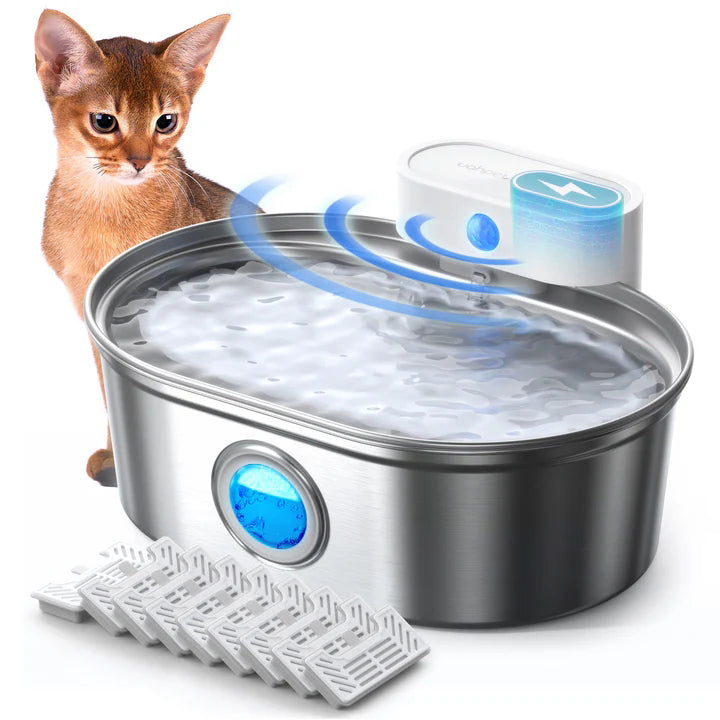
UAHPET 2025 Upgrade Visible Stainless Steel Cat Water Fountain Pro
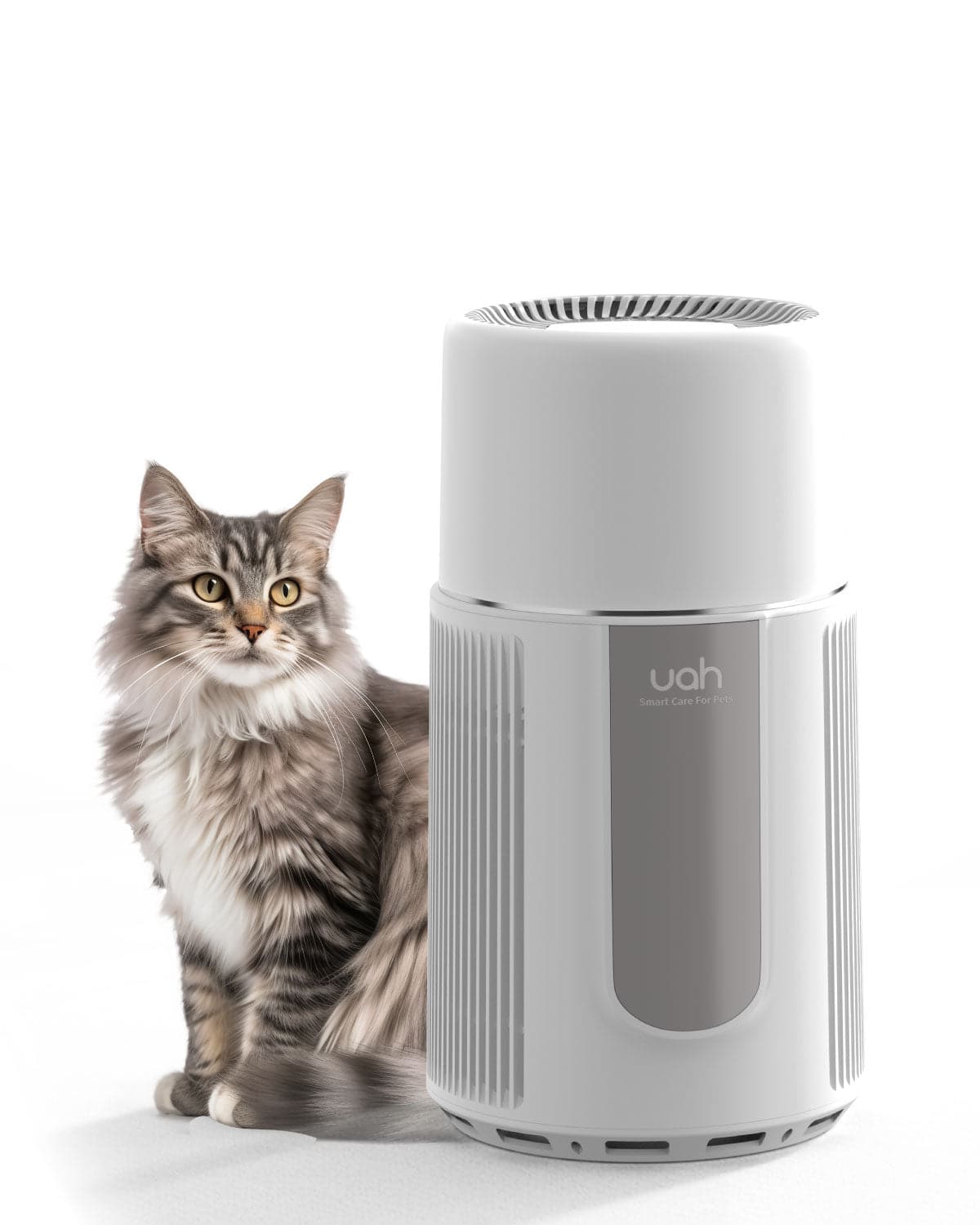
Uah Pet Air Purifier
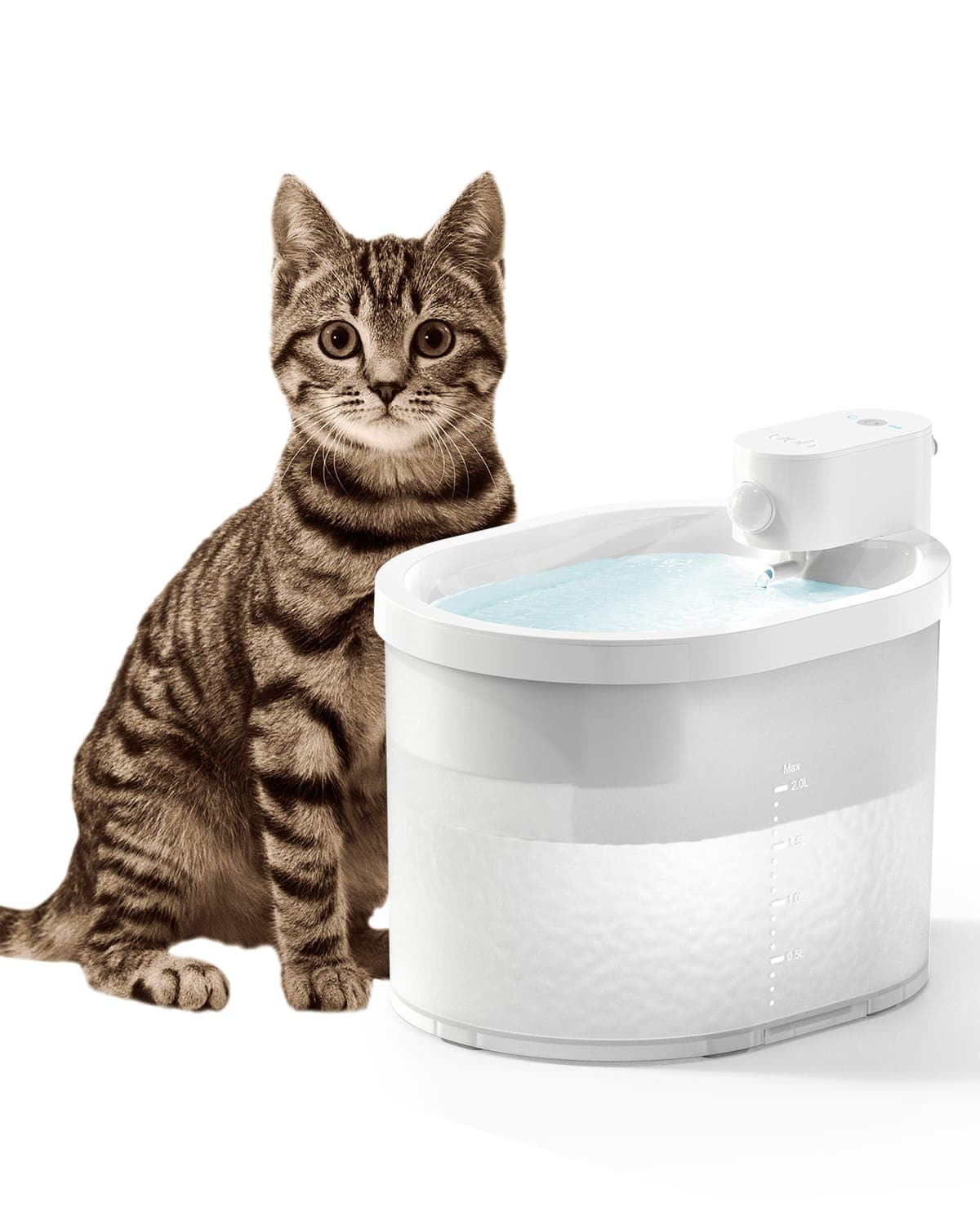
Uah Pet ZERO Wireless And Automatic Cat Water Fountain
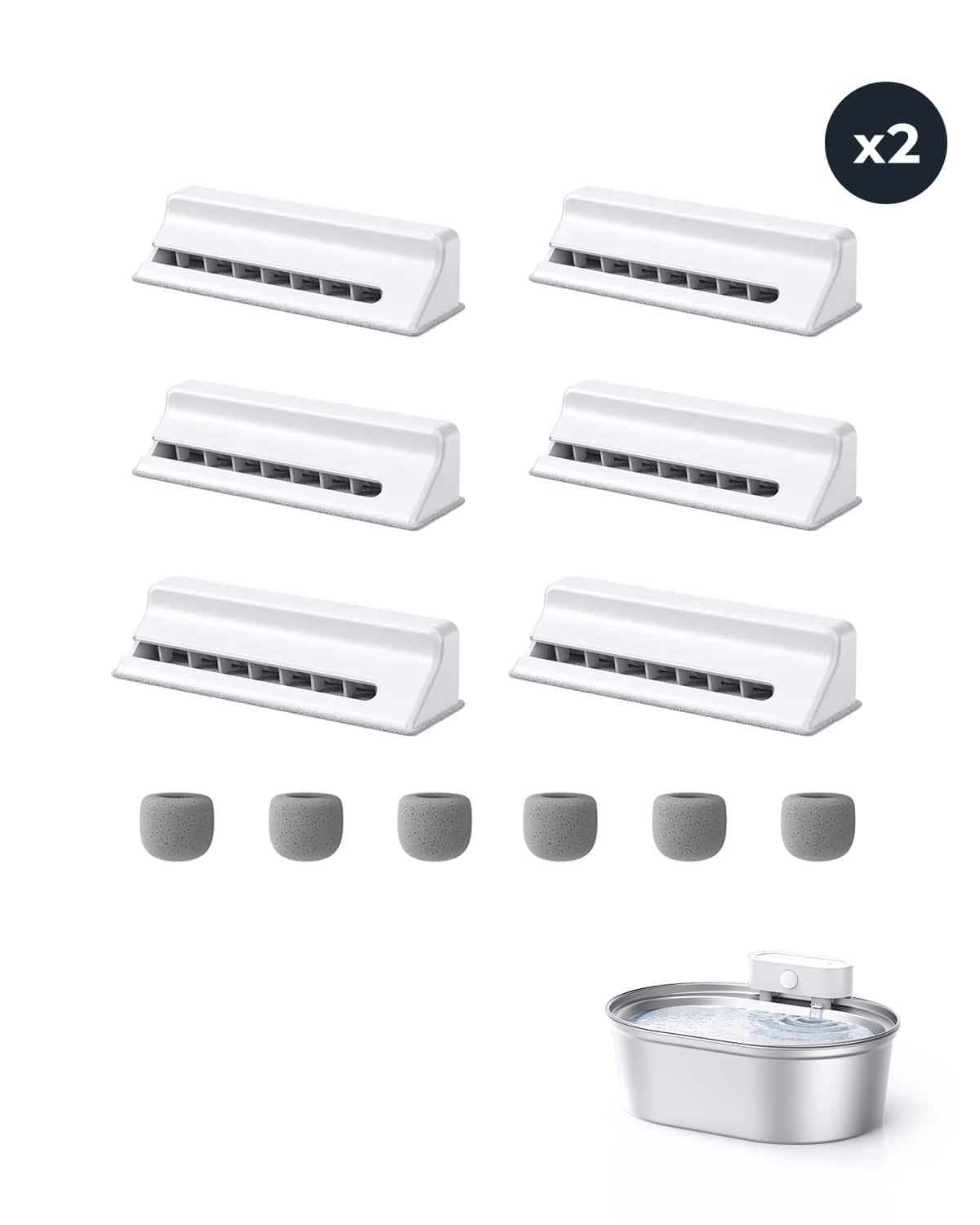
12 pcs Replacement Filter for Stainless Steel Wireless Pet Water Fountain
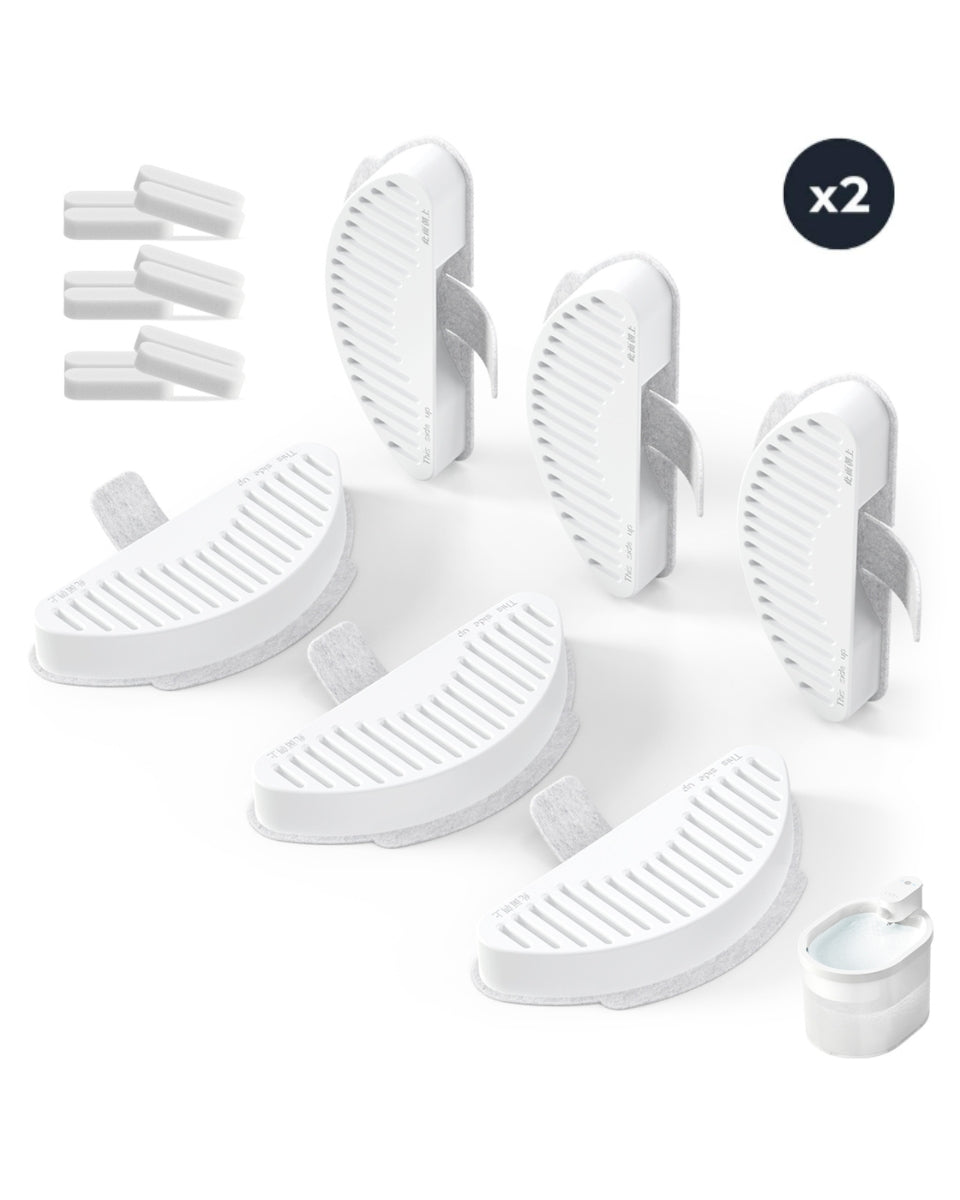
12 pcs Uah Pet Replacement Filter for ZERO Cat Water Fountain
|
|
Time to read 8 min
Pet allergies and asthma can be a frustrating and debilitating condition for both pets and their owners. Allergens such as pet dander, hair, and saliva can trigger allergic reactions, leading to symptoms such as sneezing, coughing, and difficulty breathing. While there are several ways to manage pet allergies and asthma, one of the most effective ways to reduce allergen exposure is by using an air purifier.
Understanding Pet Allergies and Asthma Pet allergies and asthma are caused by an overreaction of the immune system to allergens found in pet dander, hair, and saliva. These allergens can trigger symptoms such as sneezing, coughing, and difficulty breathing. While there is no cure for pet allergies and asthma, there are several ways to manage symptoms, including using an air purifier.
The Role of Indoor Air Quality Indoor air quality plays a crucial role in managing pet allergies and asthma. Poor indoor air quality can lead to an increase in allergen exposure, exacerbating symptoms. Using an air purifier can help to remove allergens from the air, improving indoor air quality and reducing symptoms. When choosing an air purifier for pet allergies and asthma, there are several factors to consider, including the type of filter, the size of the unit, and the noise level.
An air purifier can be an effective way to manage pet allergies and asthma by reducing allergen exposure.
Indoor air quality is a key factor in managing pet allergies and asthma.
When choosing an air purifier, consider factors such as the type of filter, the size of the unit, and the noise level.
Pet allergies and asthma are common conditions that affect many people around the world. Pet allergies occur when the immune system overreacts to proteins found in pet dander, saliva, or urine. Asthma, on the other hand, is a chronic respiratory disease that causes inflammation and narrowing of the airways, making it difficult to breathe.
The symptoms of pet allergies and asthma can range from mild to severe, and can include sneezing, runny nose, itchy eyes, coughing, wheezing, and shortness of breath. These symptoms can be triggered by exposure to pet dander, saliva, or urine, as well as other environmental allergens such as pollen, dust mites, and mold.
Maintaining a clean environment is essential for managing pet allergies and asthma. This includes regular cleaning of carpets, furniture, and bedding, as well as vacuuming and dusting frequently. It is also important to keep pets out of the bedroom and to use air purifiers with HEPA filters to remove pet dander and other allergens from the air.
Overall, understanding pet allergies and asthma is crucial for effective management and treatment. By taking steps to reduce exposure to allergens and maintain a clean environment, people with pet allergies and asthma can improve their quality of life and reduce the risk of complications.
Indoor air quality plays a crucial role in the health of those with allergies and asthma. Poor air quality can exacerbate symptoms and trigger asthma attacks, while clean air can help reduce symptoms and improve overall health.
Pet allergens, dust mites, and mold spores are among the most common indoor allergens that can trigger allergies and asthma. These allergens can cause symptoms such as sneezing, coughing, and wheezing.
For people with allergies and asthma, it is important to reduce exposure to these allergens. This can be achieved through proper ventilation, regular cleaning, and the use of air purifiers.
Pet dander, which is made up of tiny flakes of skin shed by pets, is a common indoor allergen. It can be found in pet hair, saliva, and urine. Dust mites are another common allergen, and they thrive in warm, humid environments. Mold spores can also be found in many indoor environments, especially in damp areas such as bathrooms and basements.
Air purifiers can be an effective way to reduce airborne allergens in the home. HEPA filters are particularly effective at capturing pet dander, dust mites, and mold spores. Some air purifiers also use UV-C light to kill bacteria and viruses.
Regular cleaning, vacuuming, and dusting can also help reduce the amount of allergens in the home. Using hypoallergenic bedding and keeping pets off of furniture can also help reduce exposure to pet dander.
Overall, maintaining good indoor air quality is essential for those with allergies and asthma. By reducing exposure to common indoor allergens, individuals can manage their symptoms and improve their quality of life.
When it comes to selecting an air purifier for pet allergies and asthma, there are a few key features to consider. It's important to choose an air purifier that will effectively remove pet dander, hair, and other allergens from the air. Additionally, you'll want to consider factors such as noise level, filter replacement costs, and overall ease of use.
Before making a purchase, it's important to consider the size of the room where the air purifier will be used. Air purifiers are designed to work within a specific square footage range, so it's important to choose a model that will effectively clean the air in your space.
Another important factor to consider is the type of filter used in the air purifier. HEPA filters are highly effective at removing pet allergens from the air, but they can be more expensive than other types of filters. Some air purifiers also use activated carbon filters to remove odors, which can be helpful if you have multiple pets in your home.
In addition to room size and filter type, there are a few other key features to consider when choosing an air purifier for pet allergies and asthma. One important factor is noise level - you'll want to choose an air purifier that operates quietly, especially if you plan to use it in a bedroom or other quiet space.
Another important consideration is filter replacement costs. Some air purifiers require frequent filter replacements, which can add up over time. Look for models with washable or reusable filters to save money in the long run.
Finally, it's important to consider overall ease of use when selecting an air purifier. Look for models with intuitive controls and easy-to-read displays. Some air purifiers also come with additional features such as air quality sensors or automatic shut-off timers, which can enhance the user experience and make it easier to maintain clean air in your home.
After thorough research and analysis, it is clear that air purifiers can be an effective solution for pet allergies and asthma. However, it is important to choose the right air purifier that meets your specific needs.
When selecting an air purifier, consider the size of the room, the type of filter used, and the CADR rating. HEPA filters are highly recommended for trapping pet dander and other allergens, while activated carbon filters can help eliminate odors.
It is also important to regularly replace the filters and clean the air purifier to maintain its effectiveness. Some air purifiers come with filter replacement indicators and easy-to-clean designs, making maintenance a breeze.
Overall, investing in a high-quality air purifier can greatly improve the air quality in your home and provide relief for those suffering from pet allergies and asthma.
If you are a pet owner who suffers from allergies or asthma, the Uahpet air purifier is an excellent choice for you. Designed specifically for pet families, this air purifier features a True H13 HEPA Pets Pro Filter for 3-stage filtration that captures up to 99.97% of pet dander, pollen, and other allergens.
The electrostatic cotton filter design ensures that the Uahpet air purifier captures more pet dander and requires less frequent filter replacement. Additionally, the wide-grid inlet design effectively tackles floating pet hair, making it easier to keep your home clean and free of pet hair.
One of the standout features of the Uahpet air purifier is its UVC sterilization capability, which has a 99.9% sterilization rate. This means that it effectively removes harmful bacteria and viruses from the air, helping to keep you and your pets healthy.
The Uahpet air purifier is also equipped with professionally modified activated carbon for odor removal. This feature is particularly useful for pet owners, as it helps to eliminate pet odors from your home.
Despite its powerful capabilities, the Uahpet air purifier operates silently at less than 28dB. This makes it an ideal choice for use in bedrooms, nurseries, and other areas where quiet operation is important.
Overall, the Uahpet air purifier is an excellent choice for pet owners who suffer from allergies or asthma. Its advanced features and superior filtration capabilities make it an effective solution for improving indoor air quality and creating a healthier home environment.
When looking for an air purifier that can handle both pet allergies and asthma, you should look for features such as a HEPA filter, activated carbon filter, and pre-filter. The HEPA filter can capture pet dander, hair, and other allergens, while the activated carbon filter can remove pet odors. A pre-filter can also capture larger particles, such as pet hair before they reach the HEPA filter.
HEPA filters in air purifiers can effectively capture pet dander and allergens by using a fine mesh that traps particles as small as 0.3 microns. This means that pet hair, dander, and other allergens are trapped and prevented from circulating in the air.
Yes, air purifiers can help reduce asthma symptoms triggered by pet hair and dander. By removing pet allergens from the air, air purifiers can reduce the amount of triggers that can cause asthma symptoms.
Some of the top-rated air purifiers for eliminating pet odors and airborne allergens include the Coway AP-1512HH Mighty Air Purifier, the Winix 5500-2 Air Purifier, and the Honeywell HPA300 True HEPA Air Purifier. These air purifiers are highly effective at removing pet odors and allergens from the air.
The coverage area of air purifiers for pet owners can vary depending on the model. However, the best air purifiers for pet owners can effectively clean areas ranging from 300 to 500 square feet. It is important to choose an air purifier with a coverage area that matches the size of the room where it will be used.
